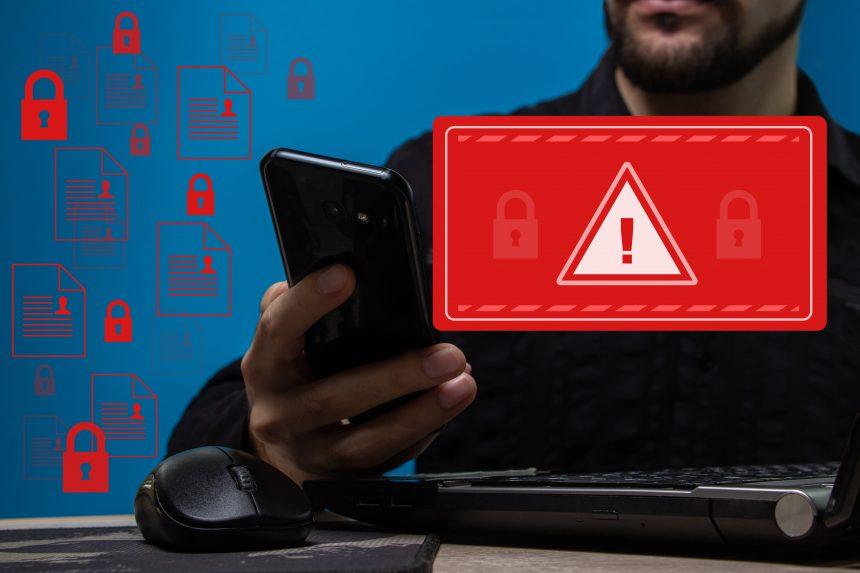A recent discovery in the Linux world has sent shockwaves through the community as two critical vulnerabilities, CVE-2024-28085 and CVE-2024-1086, have been identified, posing severe threats to user security. These vulnerabilities, named WallEscape and netfilter Flaw respectively, have the potential to compromise sensitive data and escalate privileges on affected systems. In this article, we delve into the intricacies of these vulnerabilities, their consequences, detection methods, and most importantly, provide a comprehensive removal guide alongside essential preventive measures.
CVE-2024-28085 – WallEscape
CVE-2024-28085, also known as WallEscape, targets the “wall” command within the util-linux package. The flaw, initially introduced in a commit dating back to August 2013, arises from improperly filtered escape sequences in the command-line arguments of the “wall” utility. Exploiting this vulnerability requires the “mesg” utility to be enabled and executing the “wall” command with setgid permissions.
The consequences of this vulnerability are dire, as it enables unprivileged users to manipulate terminal output, potentially leading to password leakage and clipboard manipulation on select Linux distributions. Affected systems such as Ubuntu 22.04 and Debian Bookworm are particularly vulnerable, with users at risk of inadvertently disclosing their passwords. However, it’s worth noting that systems like CentOS remain unaffected due to differences in command permissions.
CVE-2024-1086 – netfilter Flaw
Another critical vulnerability, CVE-2024-1086, identified in the netfilter subsystem of the Linux kernel, poses significant risks to user security. Discovered by security researcher notselwyn, this flaw could result in local privilege escalation or denial-of-service conditions. The issue has been addressed in a commit released on January 24, 2024, but users are urged to remain vigilant.
Detection and Removal
Detecting and removing these vulnerabilities require immediate action to safeguard systems from potential exploitation. While specific detection names for the malware are yet to be released, users can monitor system logs for suspicious activity or unexpected behavior. Additionally, security tools and vulnerability scanners can aid in identifying vulnerable components within the system.
For the removal of CVE-2024-28085, it is imperative to update the util-linux package to version 2.40 promptly. This critical patch addresses the underlying flaw, mitigating the risk of password leakage and clipboard manipulation. Users should follow the official update channels provided by their respective Linux distributions to ensure the installation of the latest security patches.
As for CVE-2024-1086, users are advised to apply the relevant kernel updates released by their Linux distribution maintainers. These updates contain patches to address the identified vulnerabilities within the netfilter subsystem, reducing the risk of local privilege escalation and denial-of-service attacks.
Preventive Measures
To prevent future infections and mitigate security risks, users should adhere to best practices for system security:
- Regularly update system packages and software to ensure the installation of critical security patches.
- Implement proper access controls and permissions to restrict unauthorized access to sensitive system components.
- Enable and configure firewalls to filter incoming and outgoing network traffic, enhancing network security.
- Educate users about the importance of practicing safe computing habits, such as avoiding suspicious links and downloads.
- Utilize intrusion detection and prevention systems to monitor network activity and detect potential threats in real-time.
By following these preventive measures and staying informed about emerging security threats, Linux users can bolster their defenses against malicious actors and safeguard their systems from exploitation.
In conclusion, the emergence of CVE-2024-28085 and CVE-2024-1086 underscores the importance of proactive security measures and timely patch management in mitigating cyber threats. By addressing these vulnerabilities promptly and implementing robust security practices, Linux users can fortify their systems against potential attacks and uphold the integrity of their data and infrastructure.





